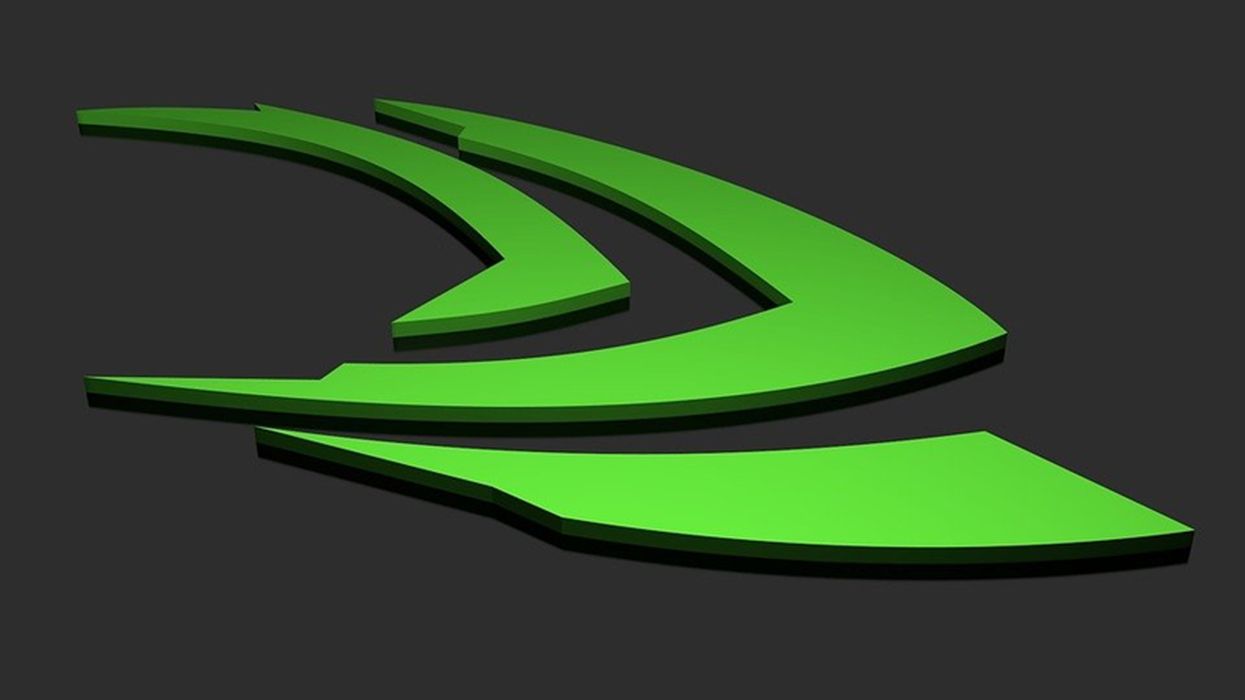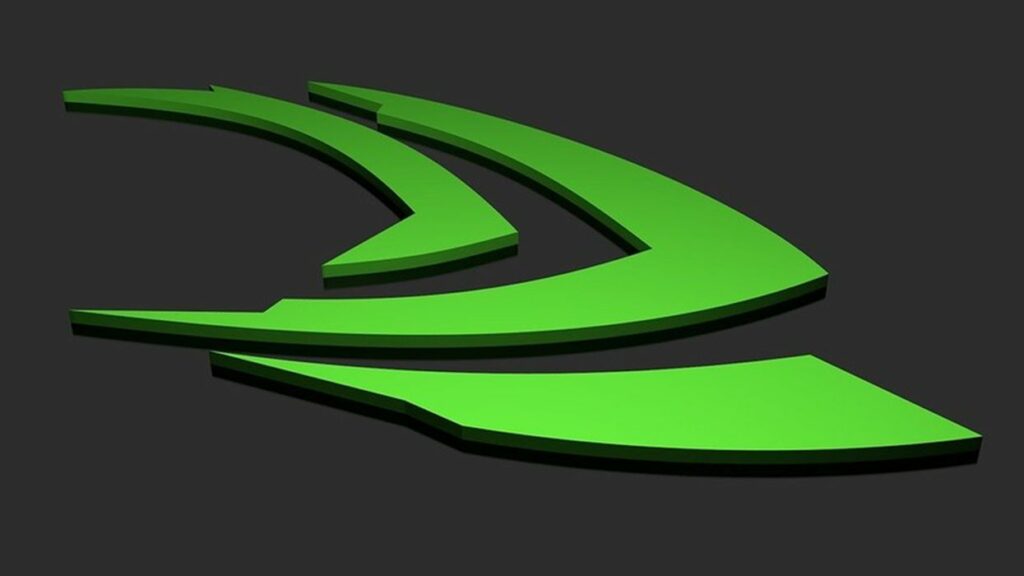
Charles R. Goulding and Andressa Bonafé look at NVIDIA’s contribution to 3D design and 3D printing.
Over the years, NVIDIA has pioneered accelerated computing and artificial intelligence, establishing itself as a leader in the design and manufacture of processors, chipsets, and related multimedia software. Currently employing over 22 thousand people worldwide, the American multinational has helped reshape various industries while fueling the growth of many others.
In 1999, NVIDIA invented the graphics processing unit (GPU), a cornerstone of modern computer graphics. In 2018, the Company introduced the Turing™ architecture, which powered the world’s first consumer products capable of real-time ray tracing, a major breakthrough for the industry. Now, NVIDIA promises to revolutionize the way we create and develop both as individuals and teams.
The Omniverse™ is a platform for 3D design and world simulation that allows for real-time, scalable collaboration across multiple apps, from anywhere, on any device. Powered by the latest generations of NVIDIA RTX-enabled GPUs, it opens up a myriad of creative possibilities that are bound to increase the efficiency of 3D creators, developers, and enterprises.
3D Design Collaboration
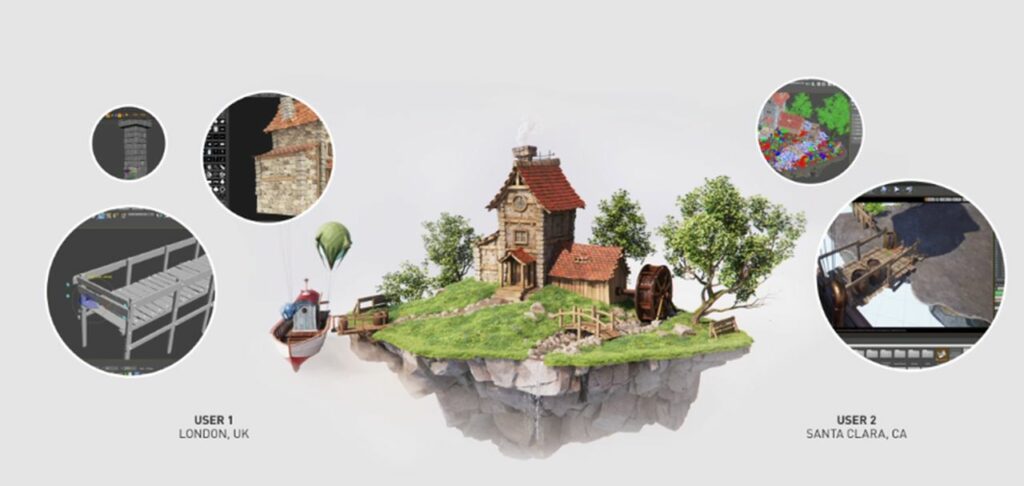
The technical complexities of 3D production pipelines often create inefficiencies and hinder innovation. NVIDIA’s Omniverse promises to facilitate the creative process by connecting apps, people, and ideas in real-time. While Omniverse Connectors eliminate the need for tedious and time-consuming export-import of project data, a powerful rendering engine accelerates design iteration. Live-sync capabilities enable collaboration from anywhere in the globe, improving the productivity of client reviews and allowing for unprecedented interactivity.
With new ways to visualize, simulate and code, Omniverse accelerates complex 3D workflows and integrates advanced technologies such as ray tracing and artificial intelligence. These groundbreaking capabilities can be particularly helpful for teams that work with additive manufacturing. As the Omniverse evolves, we can expect an increasing number of 3D modeling software to be easily accessible through the platform. This is already the case for some widely used tools such as 3ds Max, Blender, SOLIDWORKS, and CATIA, even though the type of connectivity currently available varies considerably.
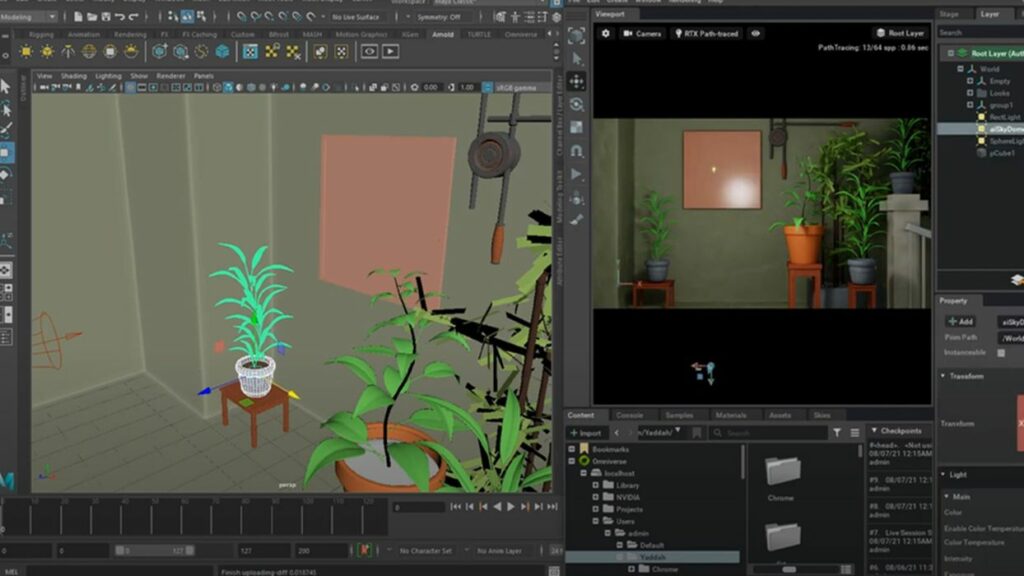
Digital Twin and World Simulation
The Omniverse’s enhanced digital twin and world simulation capabilities allow for the creation of virtual replicas of objects, processes, and environments that feature true-to-reality physics, materials, lighting, rendering, and behavior. These photorealistic creations are not only physically accurate to begin with, but are also constantly synchronized and optimized with real-world data inputs and AI.
In the industrial world, the ability to create physically accurate, precision-timed digital twins of factories, warehouses, and logistics systems can generate major gains in operational efficiency. Examples include the implementation of virtual system testing, layout changes, and software optimization, which help avoid potential downtime or failure in the physical twin. Living replicas further enhance predictive capabilities, allowing for accurate simulations of “what-if” scenarios.
The list of companies that use Omniverse capabilities for simulation is quickly growing. The BMW Group, for instance, has used NVIDIA’s technology to plan highly complex manufacturing systems. With real-time, unrestricted collaboration, the Omniverse greatly enhances the speed, precision, and efficiency of planning processes. Different elements of a factory model are brought together in a single, AI-enabled virtual environment that allows optimization to happen before a factory is actually built or a new product is integrated.
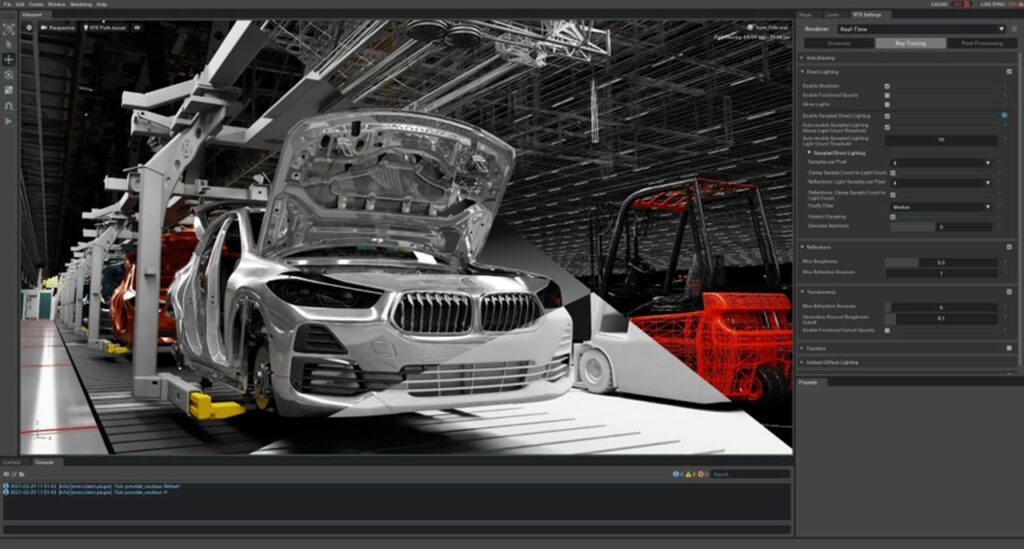
Similarly, Amazon Robotics’ digital twins of warehouses have helped increase overall productivity through better design and training of robot assistants. Other examples include the optimization of PepsiCo’s distribution centers; testing and optimization of Ericsson’s 5G networks; prediction of corrosion and maintenance needs at Siemens Energy facilities; improvement of wildfire prediction and suppression by Lockheed Martin; among many others.
Innovative companies that use NVIDIA’s technology for 3D design and world simulation are likely engaged in R&D tax credit eligible activities, which include not only the implementation of shared, virtual environments but also the integration of 3D printing.
The Research and Development Tax Credit
The now permanent Research and Development (R&D) Tax Credit is available for companies developing new or improved products, processes and/or software.
3D printing can help boost a company’s R&D Tax Credits. Wages for technical employees creating, testing, and revising 3D printed prototypes can be included as a percentage of eligible time spent for the R&D Tax Credit. Similarly, when used as a method of improving a process, time spent integrating 3D printing hardware and software counts as an eligible activity. Lastly, when used for modeling and preproduction, the costs of filaments consumed during the development process may also be recovered.

